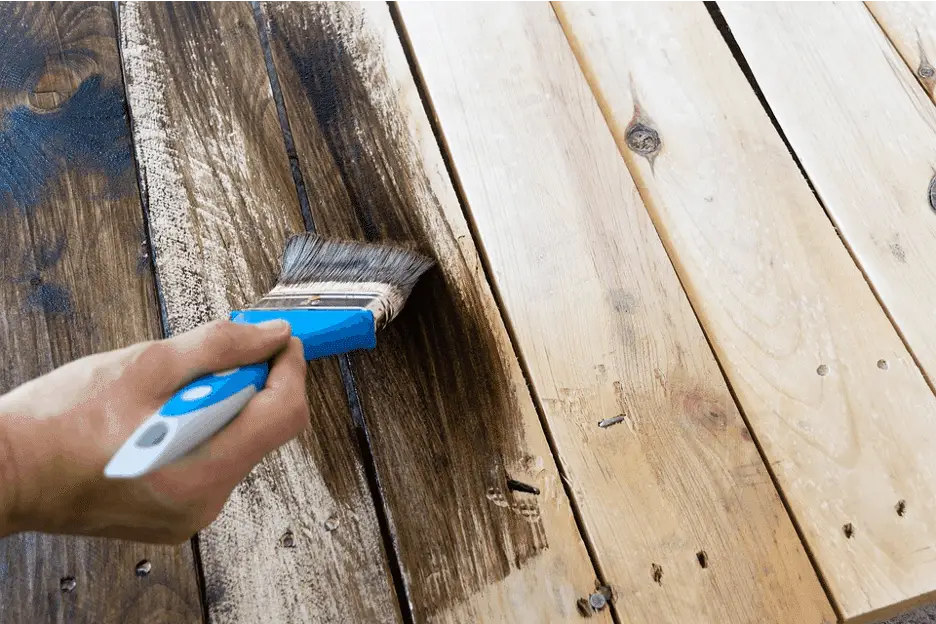Most wood projects do not use continuous pieces hence the need for joinery materials to bind the several pieces together for the achievement of a complete surface. Although you might think the crucial part of working with wood is making the finishing, all that can be useless if the fastening is not correct. The most common types of joinery materials are fasteners and glue. Wood glue comes in a variety of designs, all suitable for specific types of wood. A wrong choice easily translates into the material falling apart. Some of the varieties include Epoxy, Polyurethane glue, hide glue and PVA glue, among others. Fasteners and screws, on the other hand, are also useful and come in types depending on the need.
The choice of wood joinery material you will use gets determined by the type of project and wood that you have in mind. Fasteners get utilized when you are dealing with cabinets, doors, and any other kind of wooden structure as they help in joining the loose part that requires fixing or assembling to make a complete structure. They come in a variety that includes nails, screws, bolts, nuts, and other building accessories like joist hangers. All the categories further split into more ranges that serve different purposes. Such fasteners are very efficient, specifically if the type of project you have requires flexibility in terms of movement like, for instance, doors and shelves. They are durable and will serve you for an extended period. They are not limited to kinds of an environment as long as you ensure the materials will not start corroding or rusting, giving your work a poor finishing in the long run. However, one major limitation of fasteners is the ability to interfere with the integrity of any wooden material. Any wrong insertion of a screw or nail interferes with finishing; therefore, when using such joinery material, ensure you are keen to avoid such results.

Since wood glue comes in several variables, some little knowledge from resources like Woodwhiz about the types will help you to know the uses. One main disadvantage of adhesive is being affected by hot temperatures; therefore, when you are working, ensure the environment is conducive to allow for the bonds to hold correctly. Failure will result in the pieces of wood falling apart.PVA glue is mostly suitable for the kind of work where you use extremely dry wood that requires the fitting of joints. If the project is based outside, you can further consider a type that has a water-resistant mark. In a case where you are dealing with wood that isn’t dry as much, polyurethane glue is more effective. It is water-resistant and also capable, especially for the joining of miters. However, if you are working on damp wood or an environment where the joints are rough and have gaps, epoxy is the best option.
Both types of wood joinery materials are efficient only if you make the right choice in regards to the kind of work you are doing. A poor decision translates to a lousy finishing that can spoil your work or lead to accidents that may damage property
